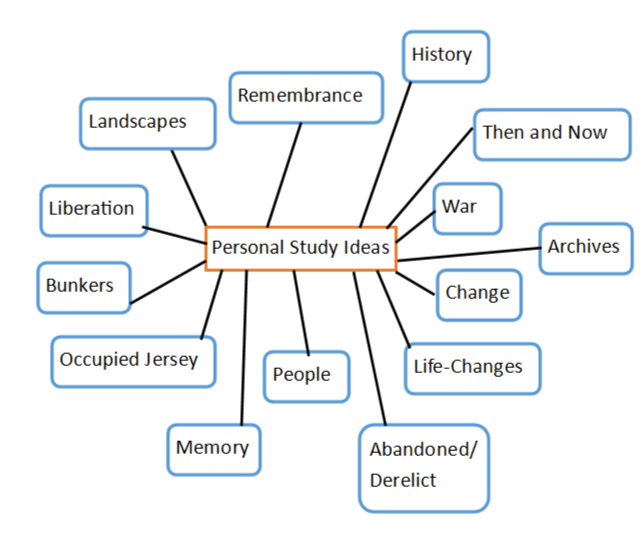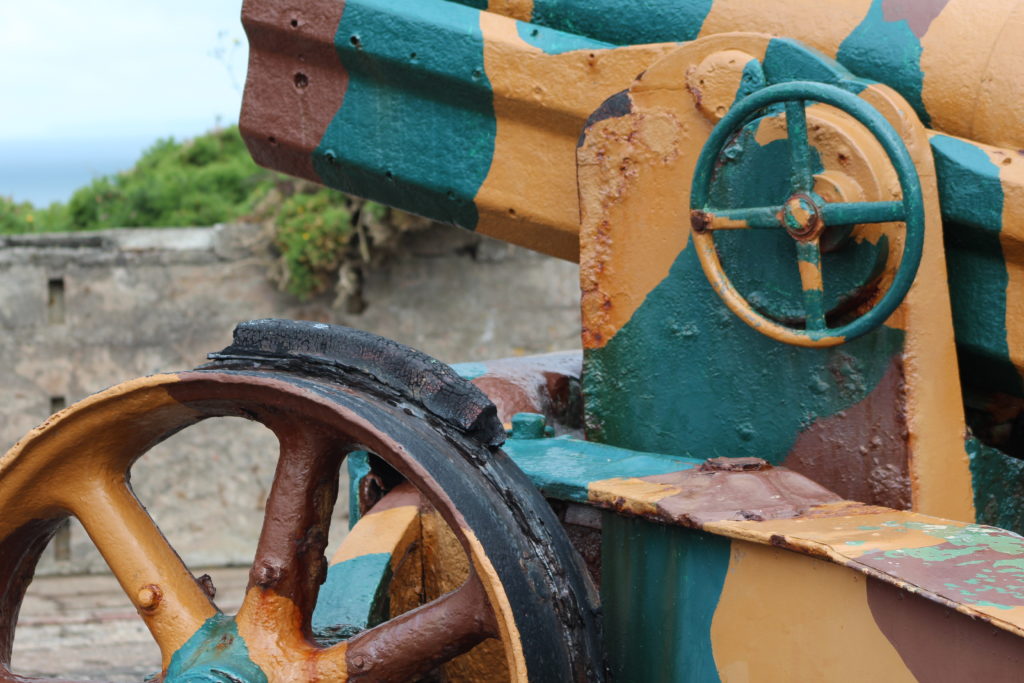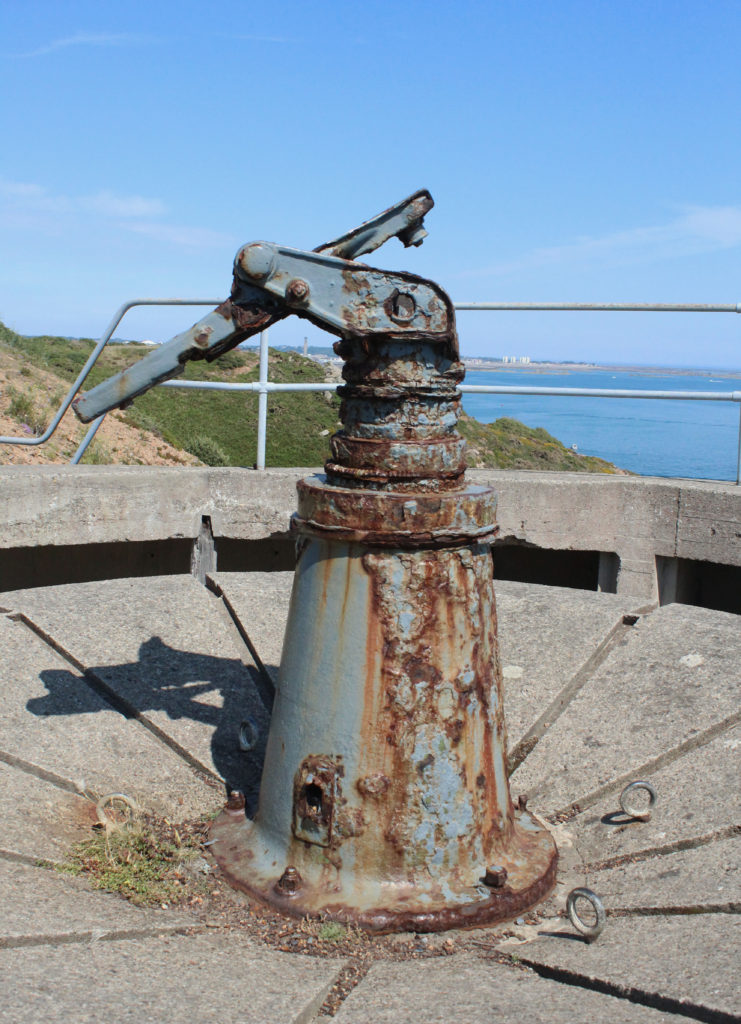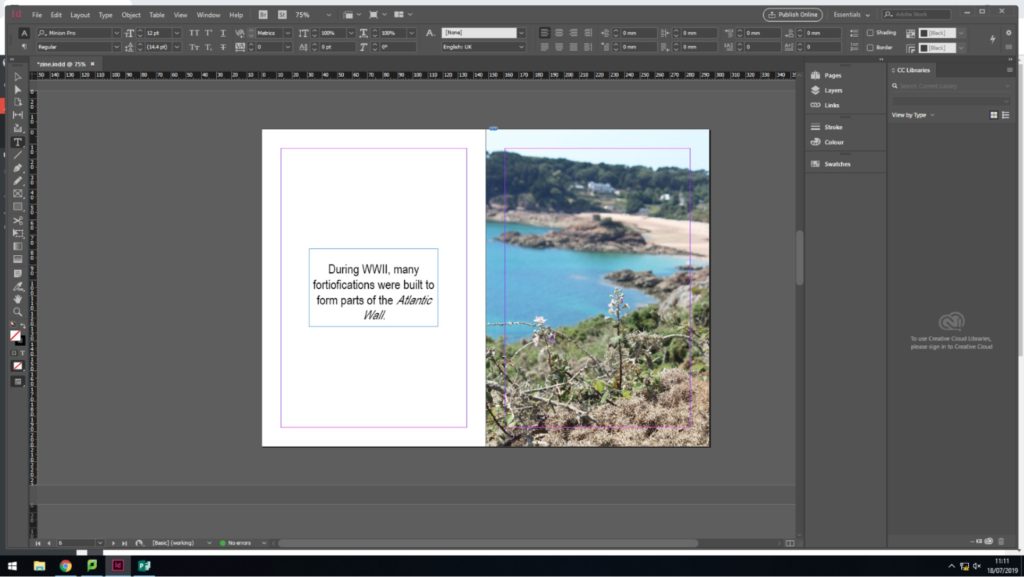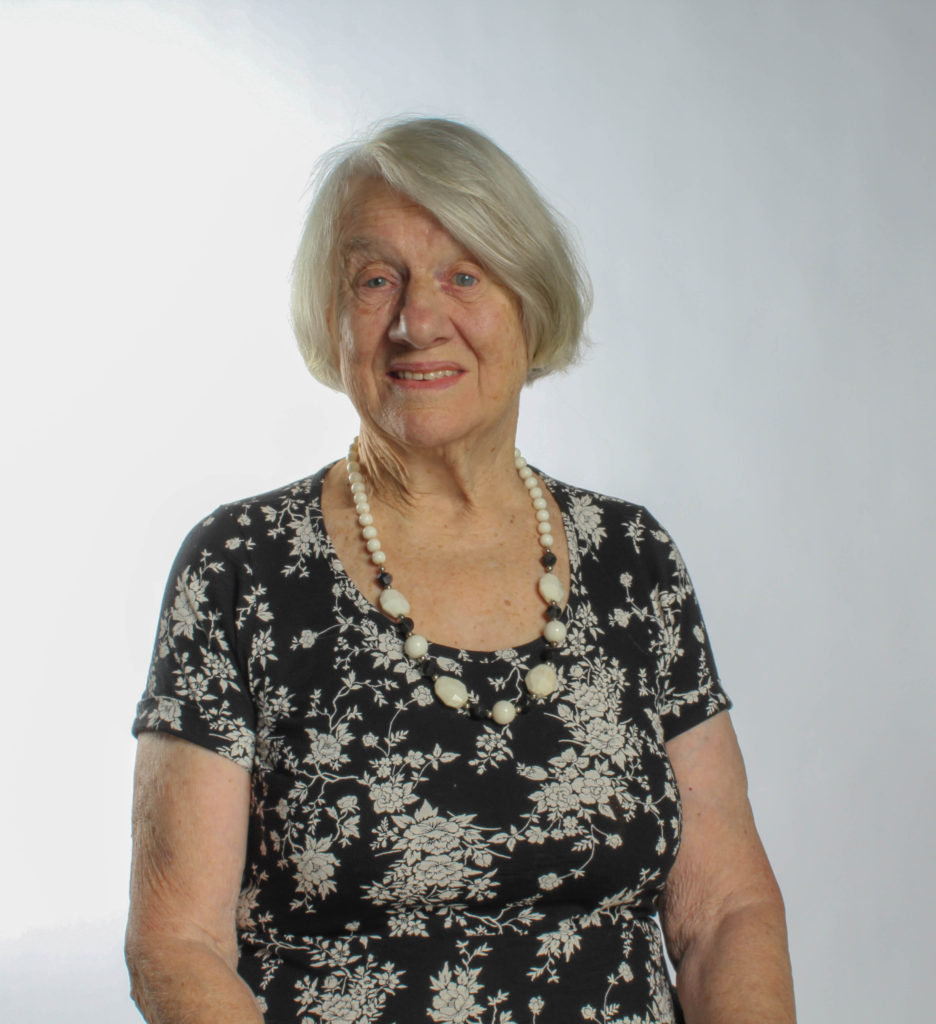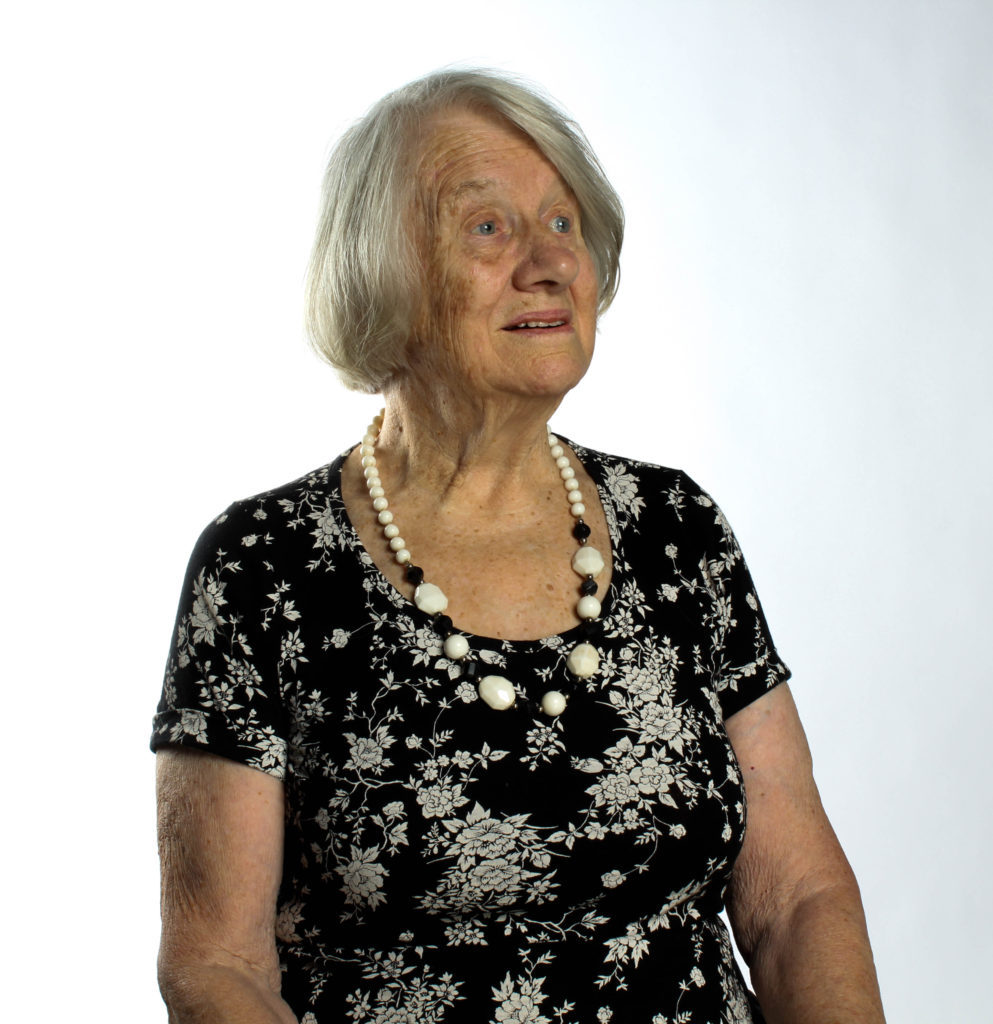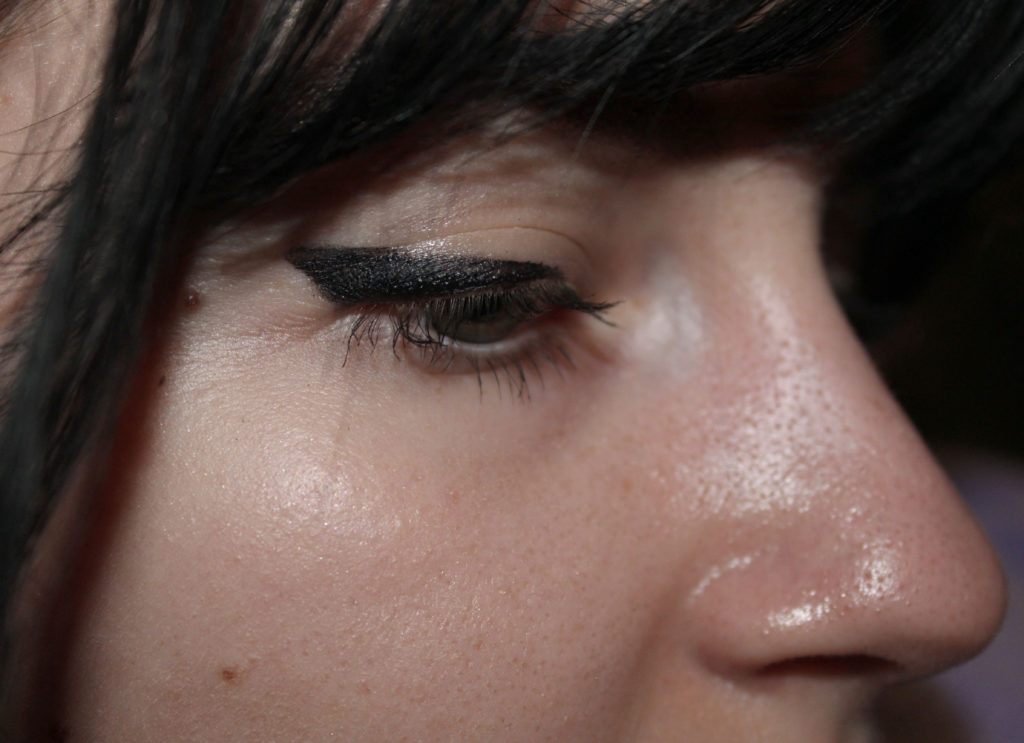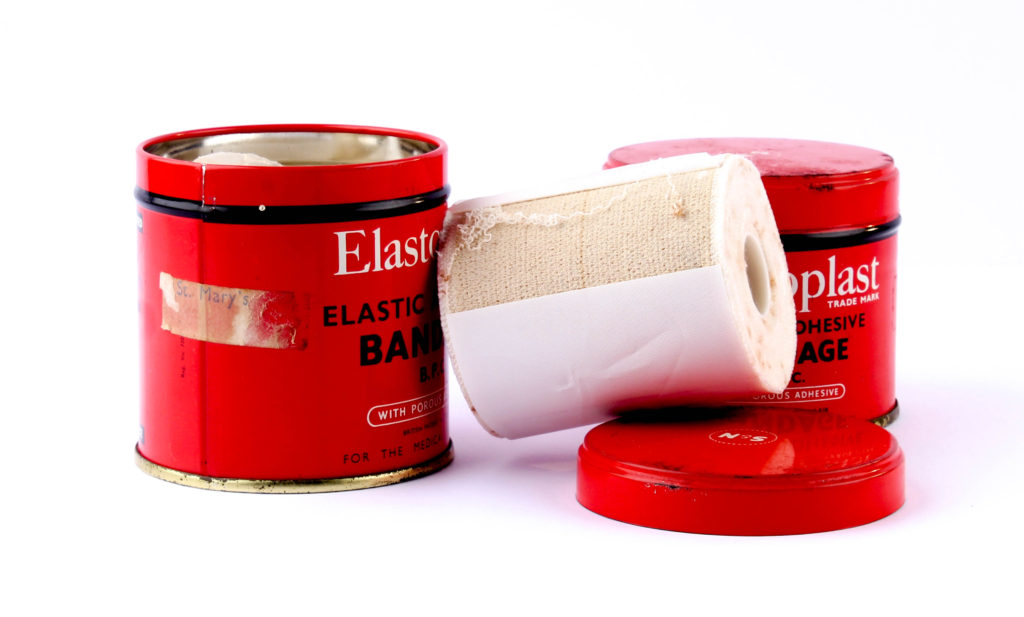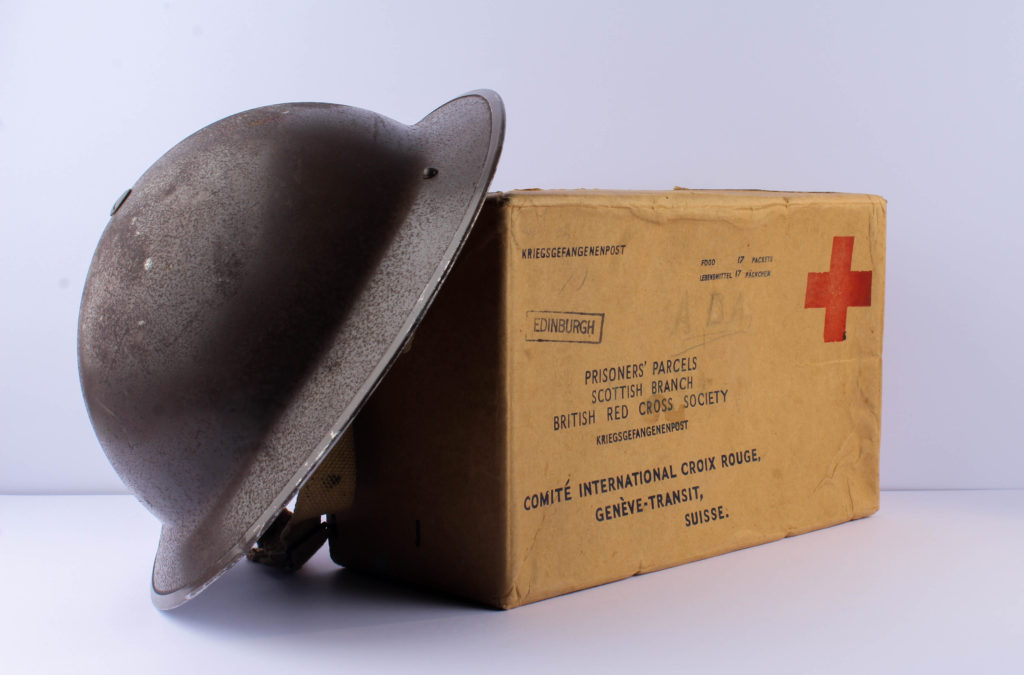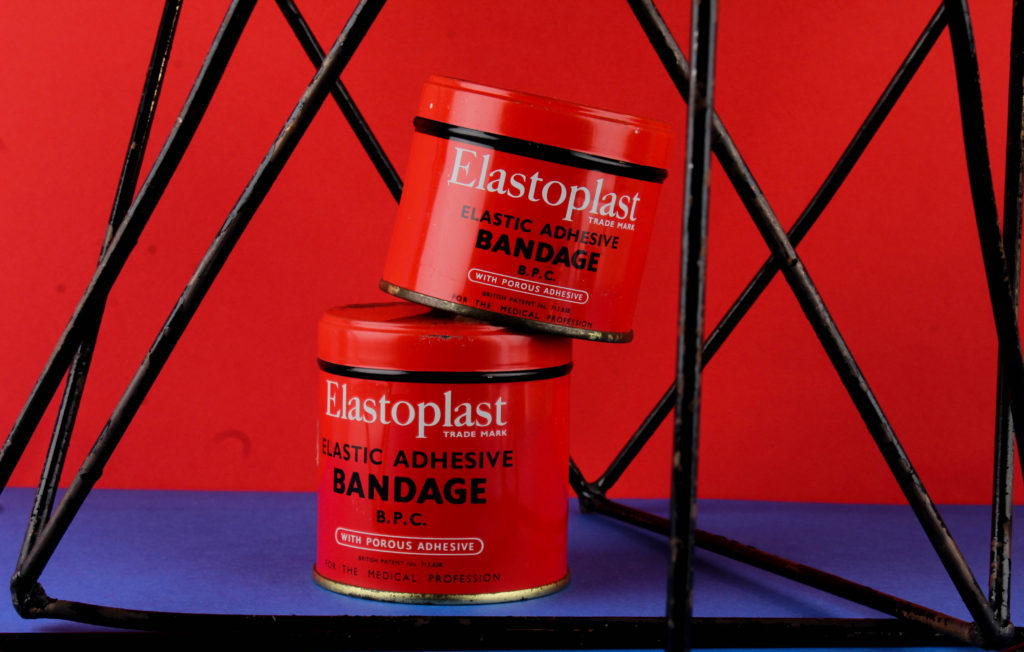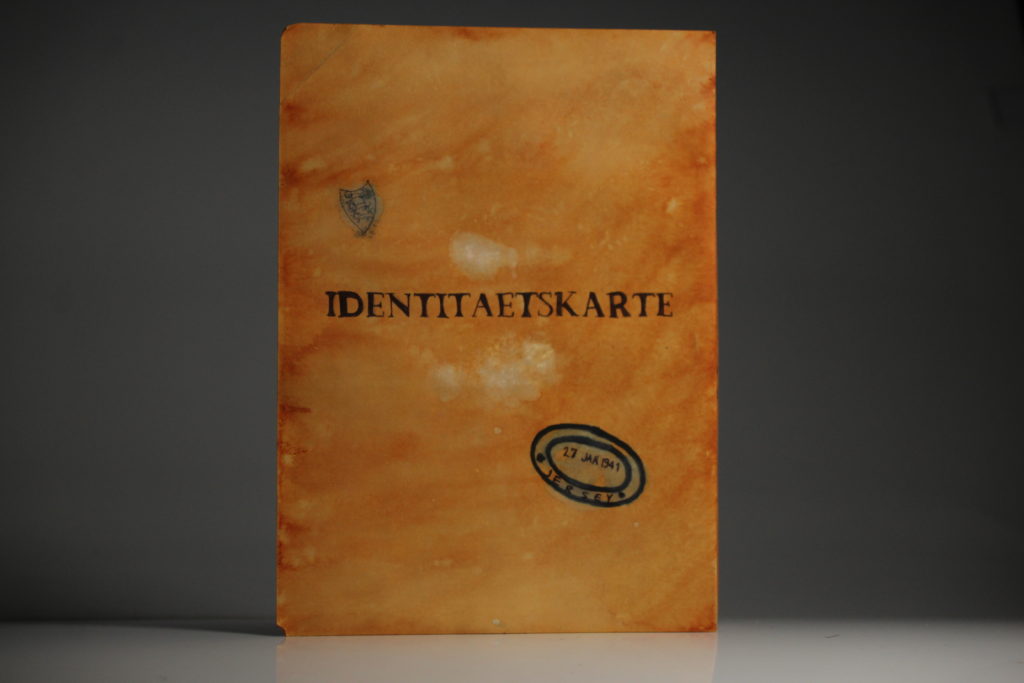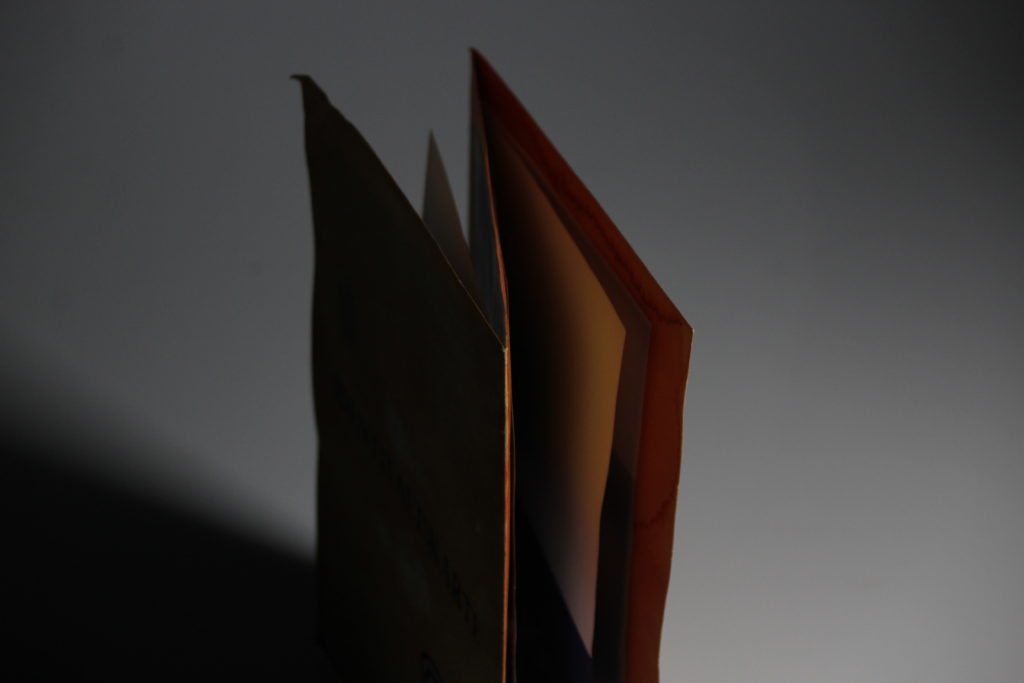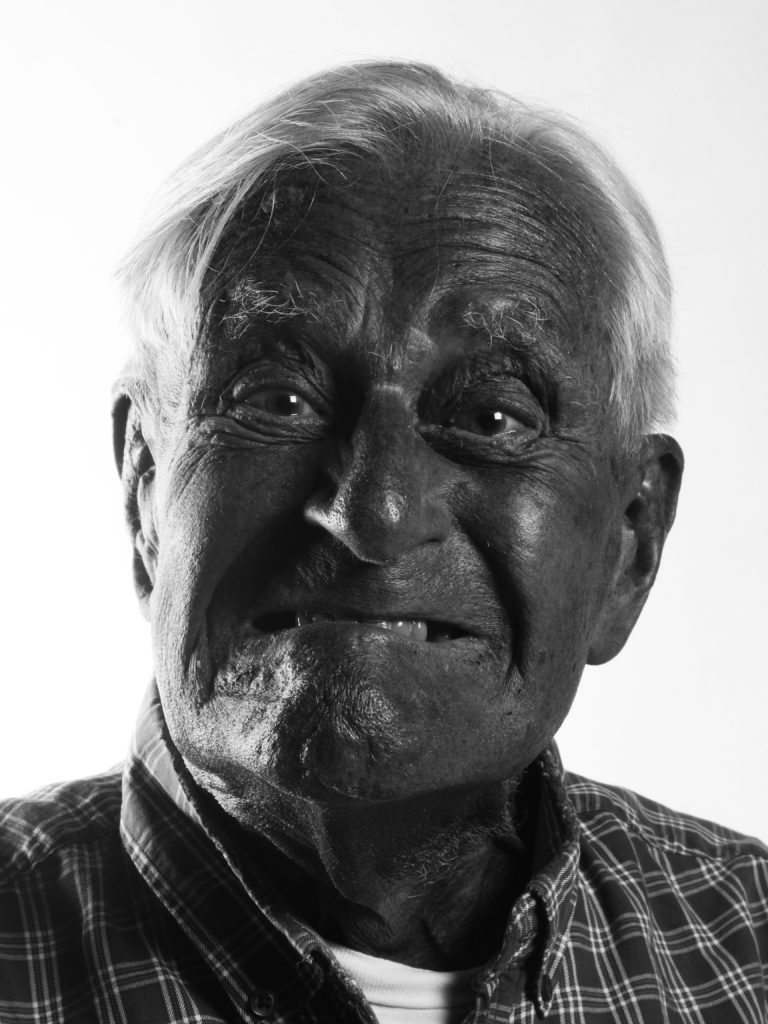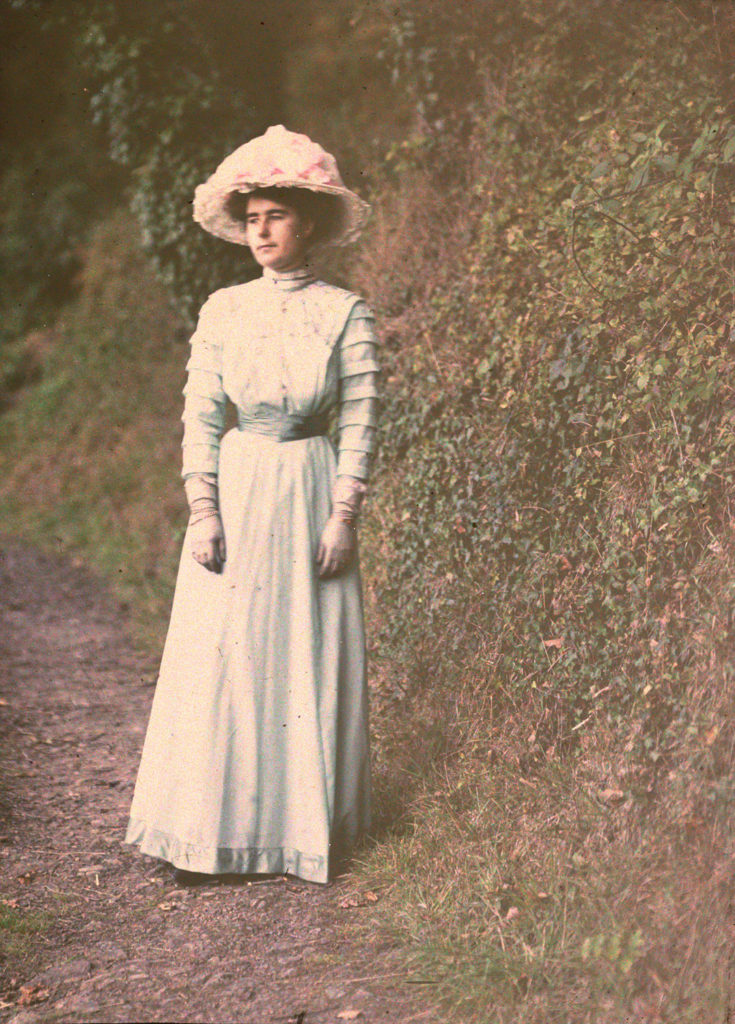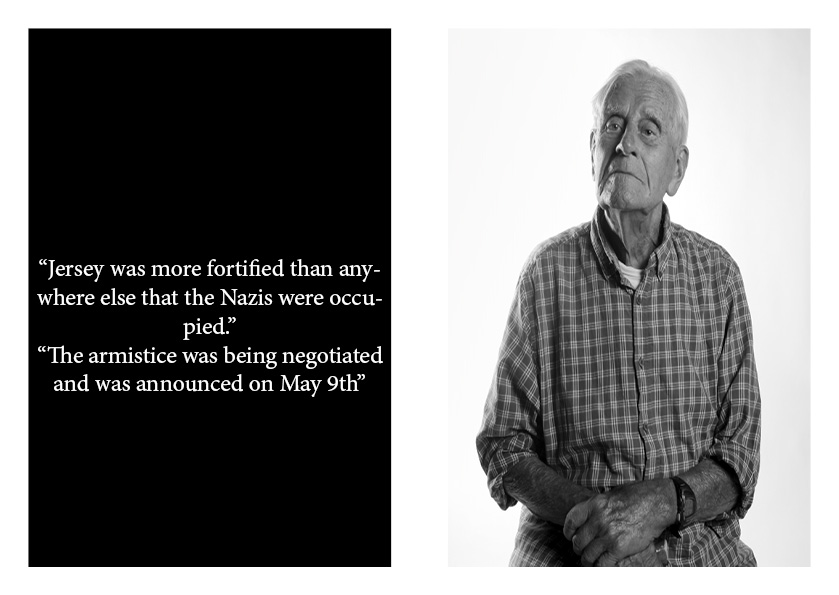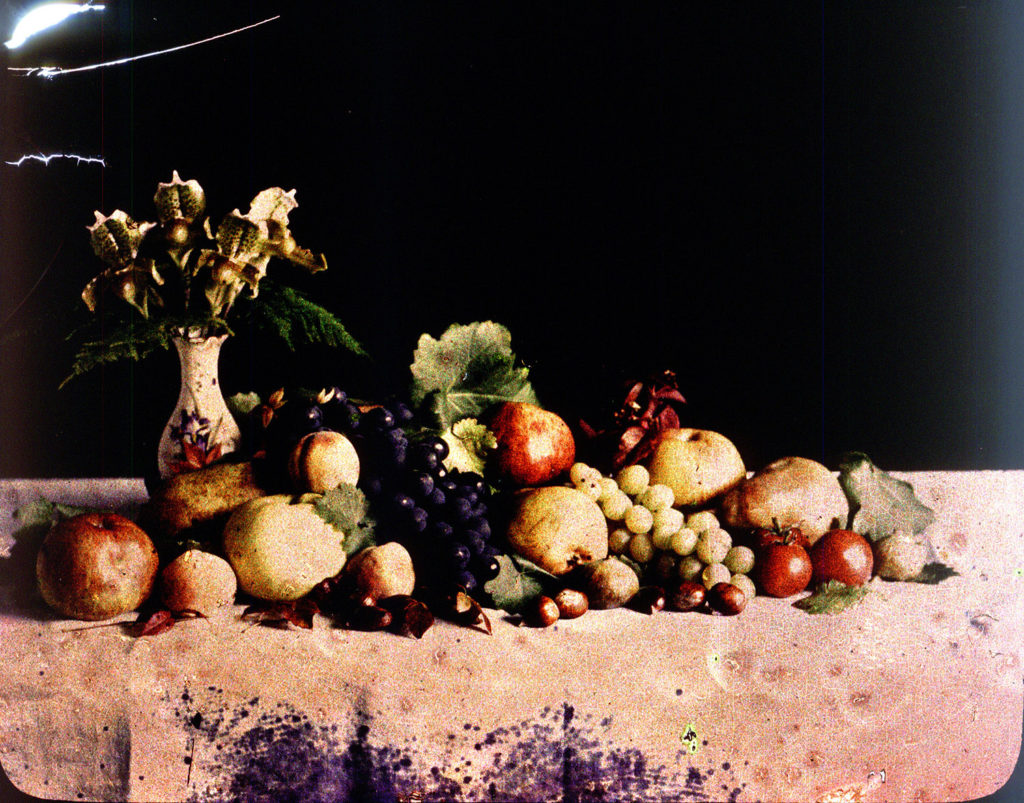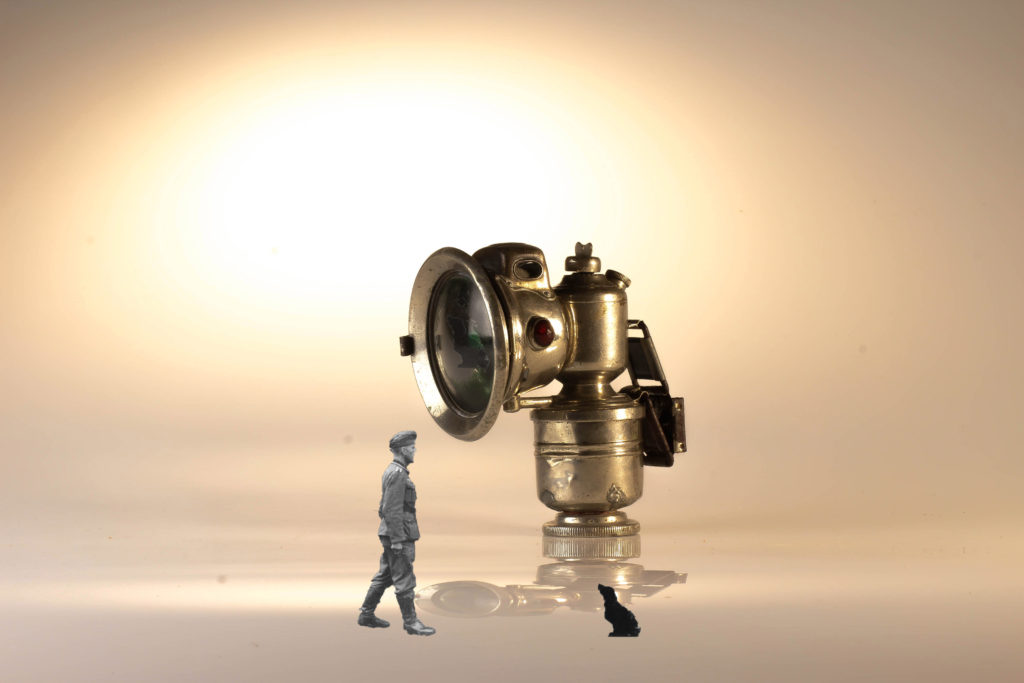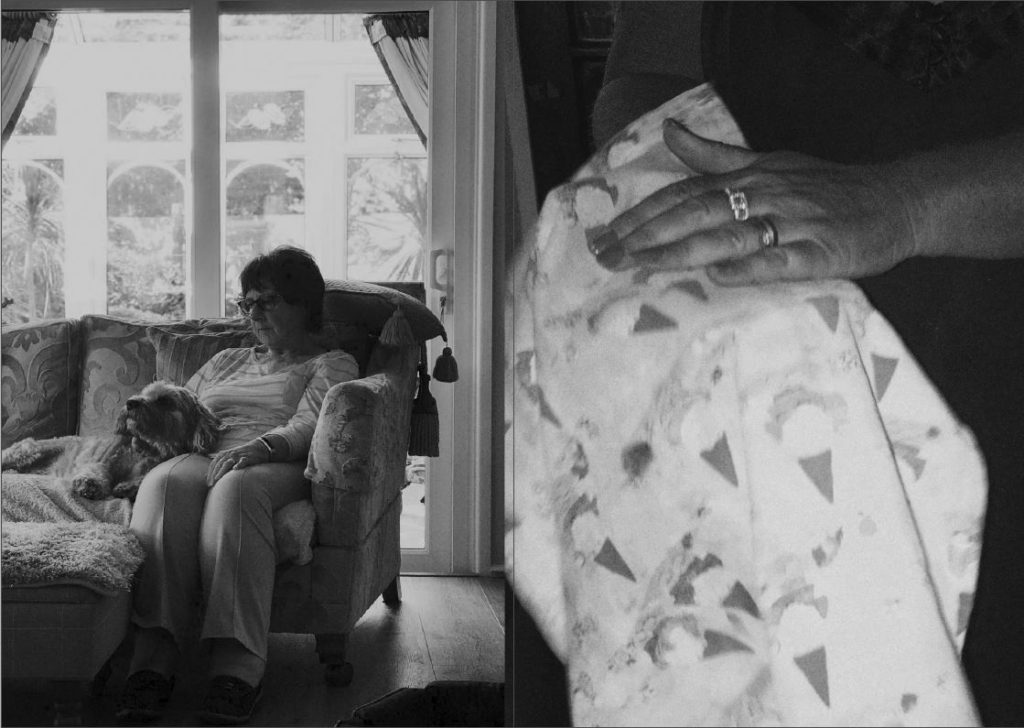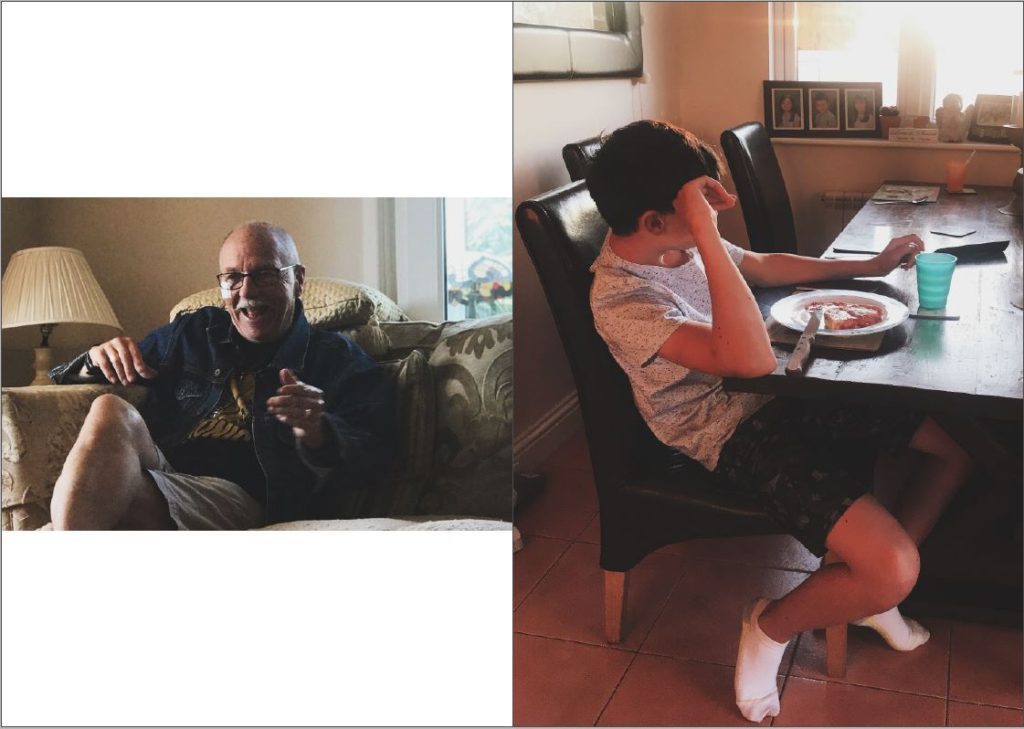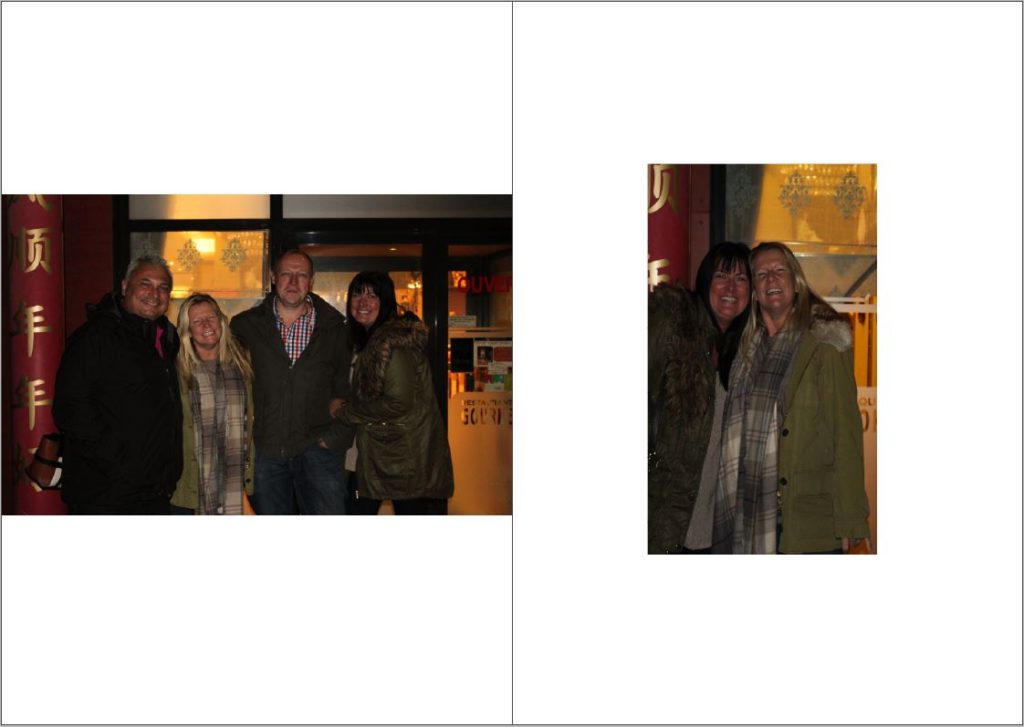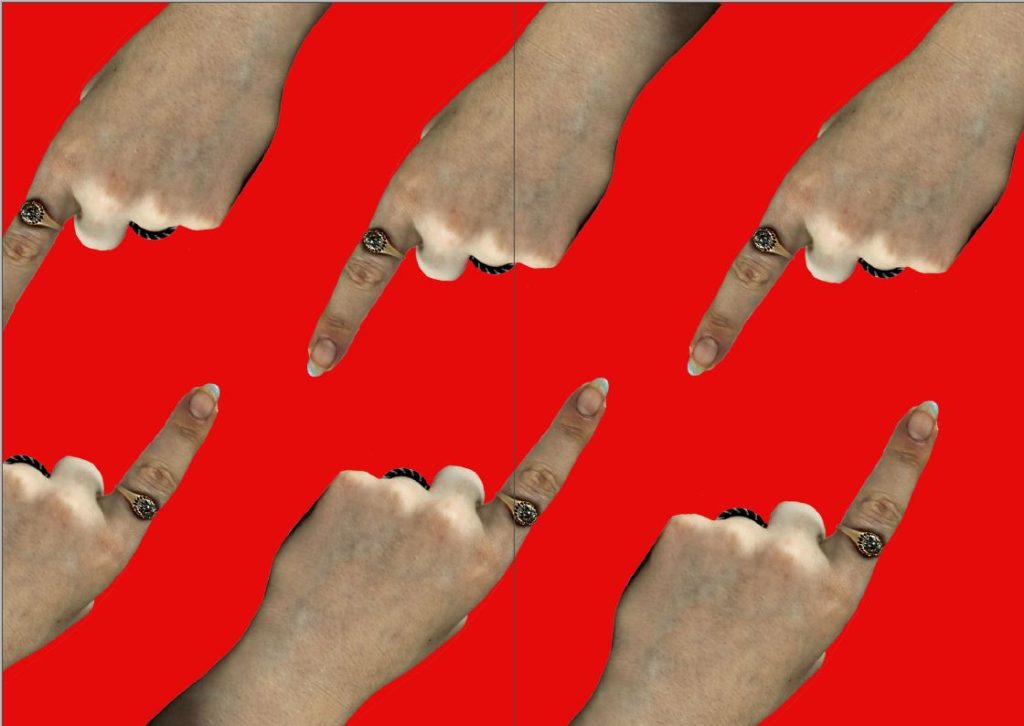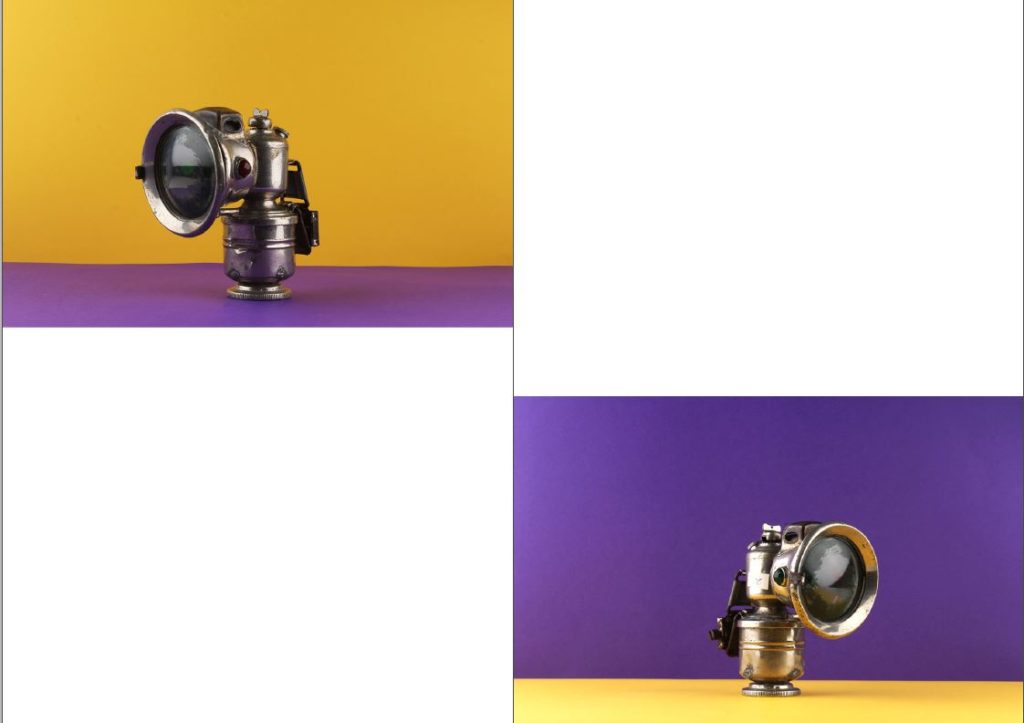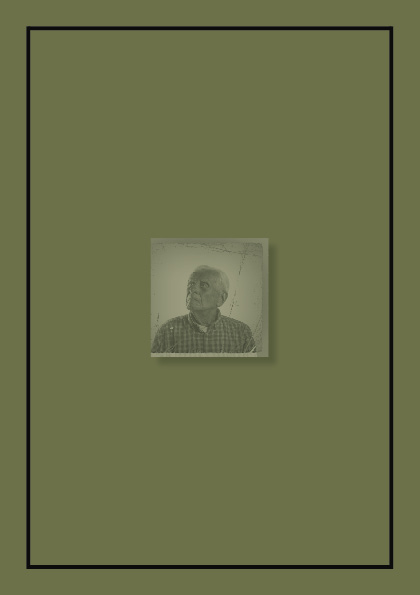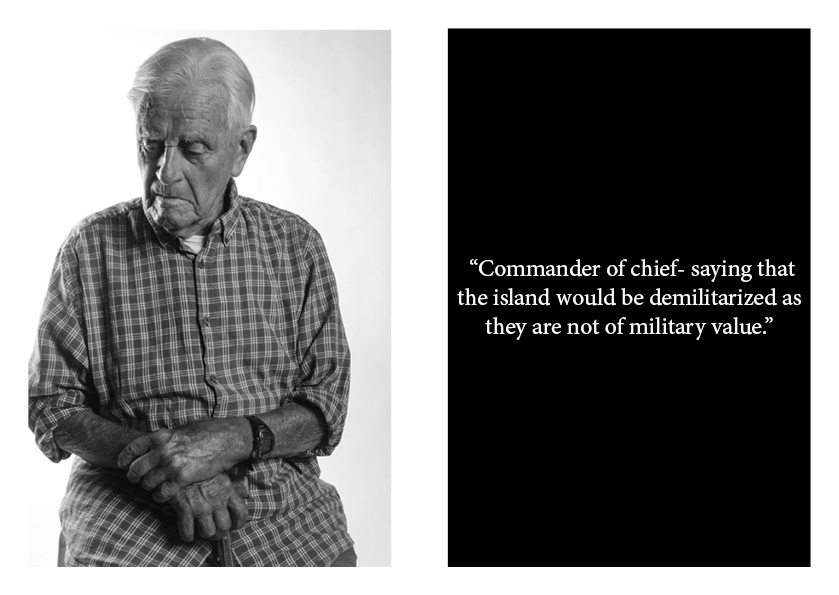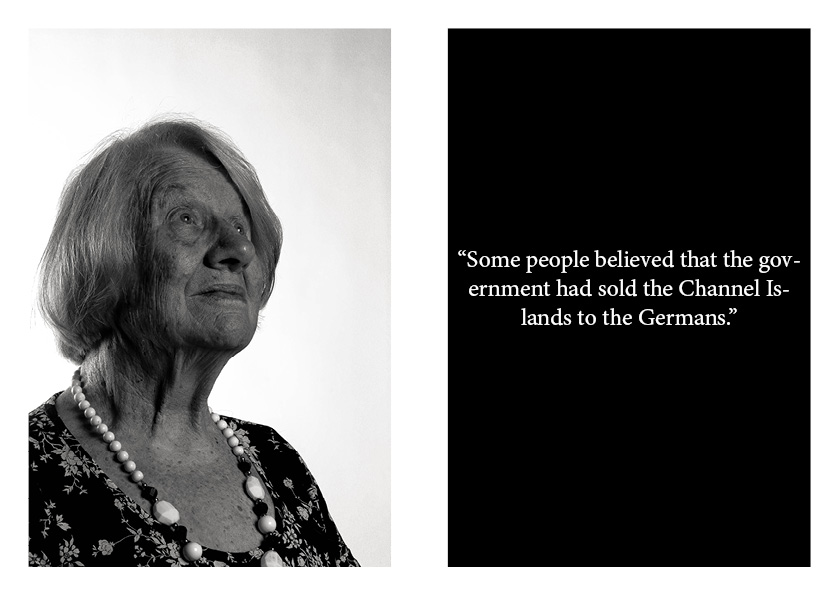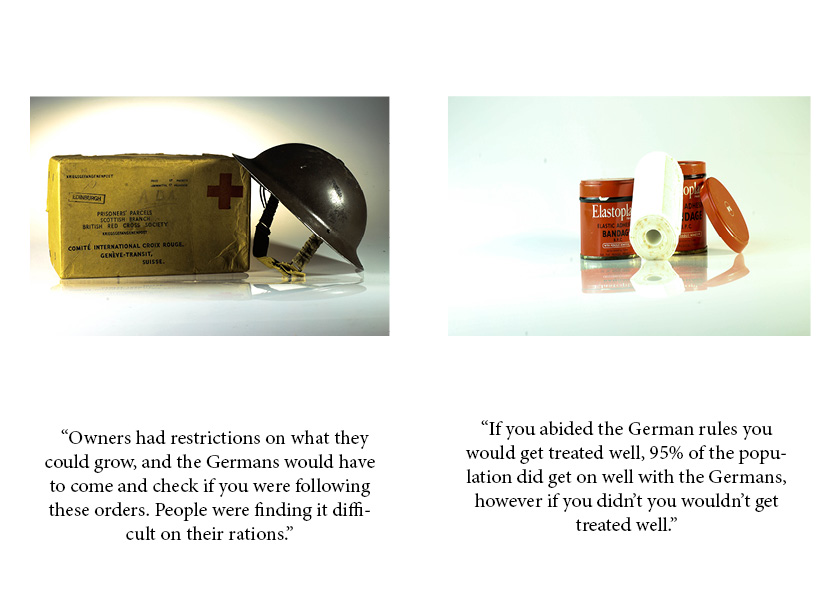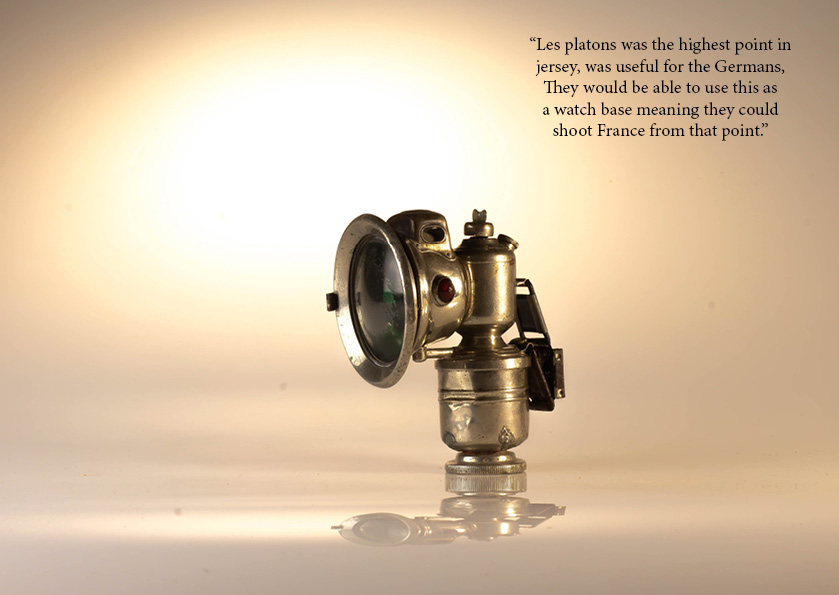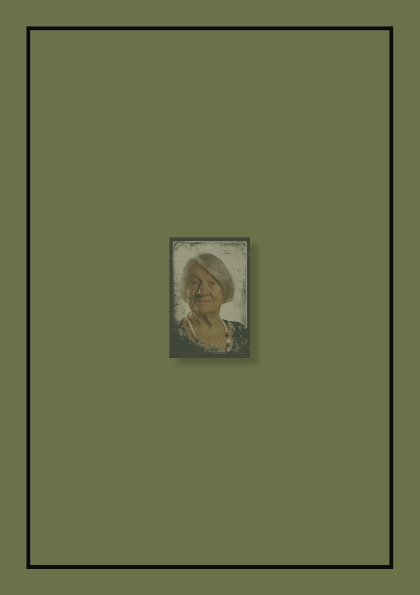During my personal investigation I learned to do a range of different things that will benefit me during my more in depth personal study.
At the beginning of the personal investigation we learned how to use adobe lightroom efficiently after only having previously used photoshop. Learning how to use lightroom has benefited my images at it allows me to quickly select the best out of a whole photoshoot and also edit them significantly more naturally than the creative edits that can be made via photoshop, and this helps to ensure that the final outcomes look slightly more ‘professional’ especially whilst editing landscapes.

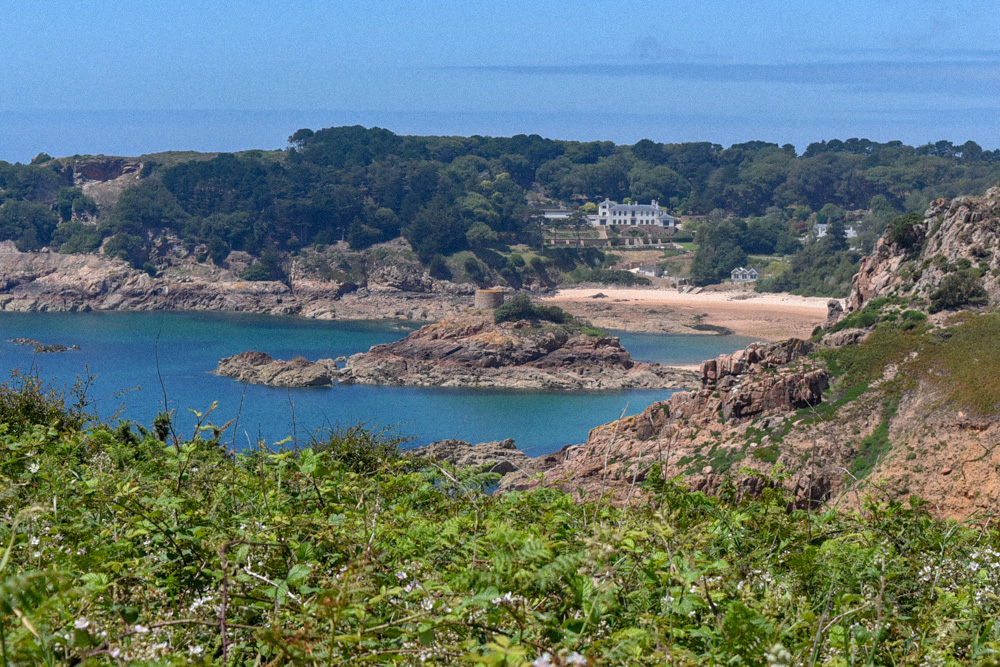
I have also learned how to photograph portraits in the studio using effective lighting and flash. Doing this means that when I take portraits they look clear and detailed. This will help me in my personal study as I would like to focus on people and so will be using this skill regularly.
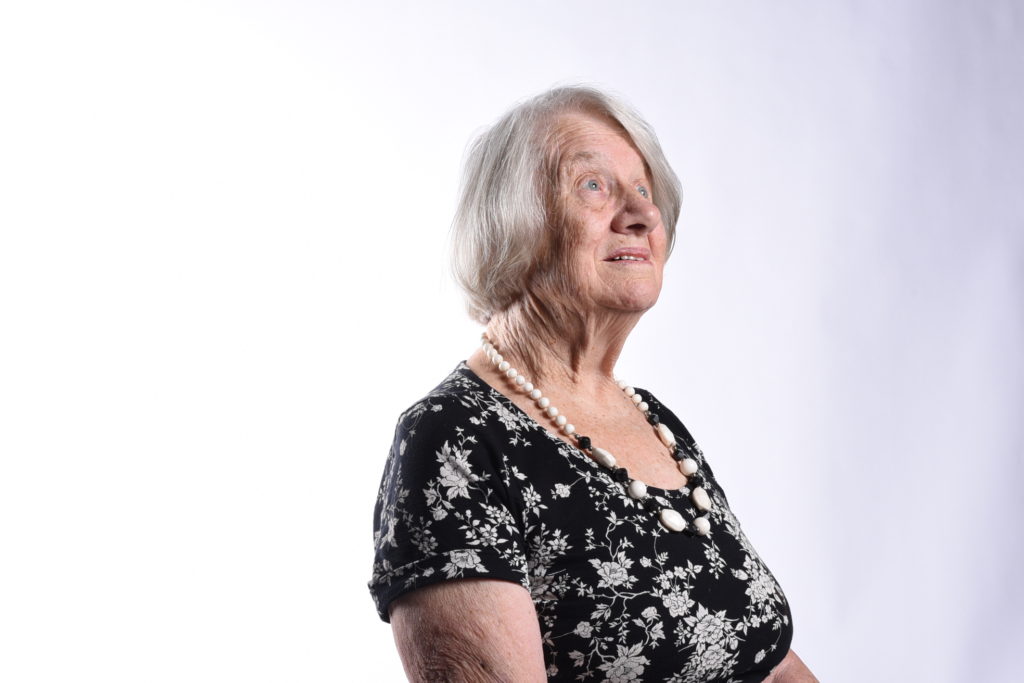
The area of photography that has inspired me most has been portraiture, I found this area the most interesting as there was so many things that we could cover. I have enjoyed portraiture as I have enjoyed being able to listening to peoples stories before trying to capture what they’ve been through in images.
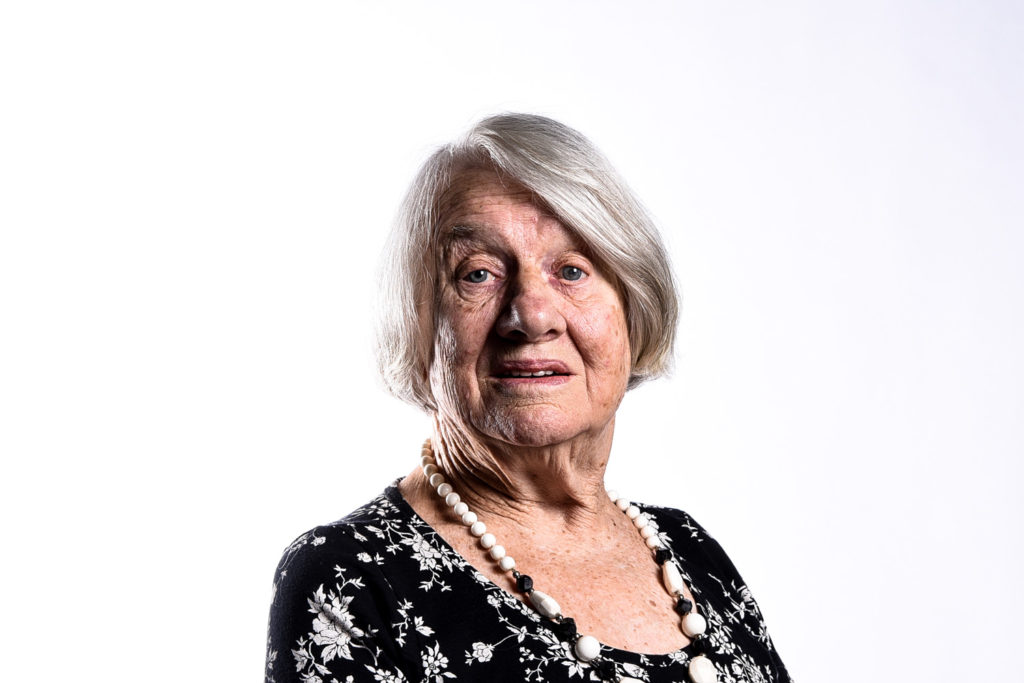
Throughout my personal study I want to carry on exploring portraiture but take a more contemporary approach and instead explore how sometimes people can be somewhat ‘occupied’ by their mental illness, and be ‘liberated’ through recovery.

